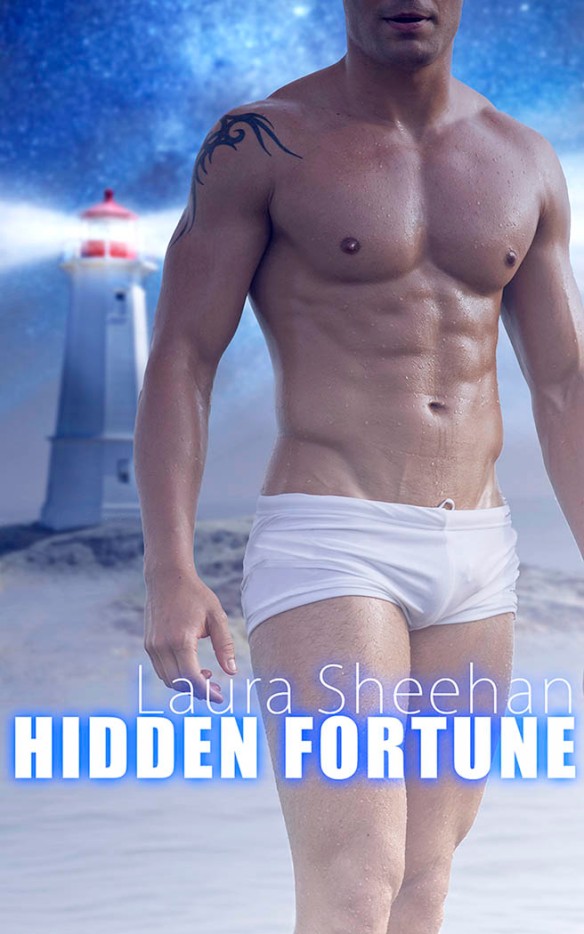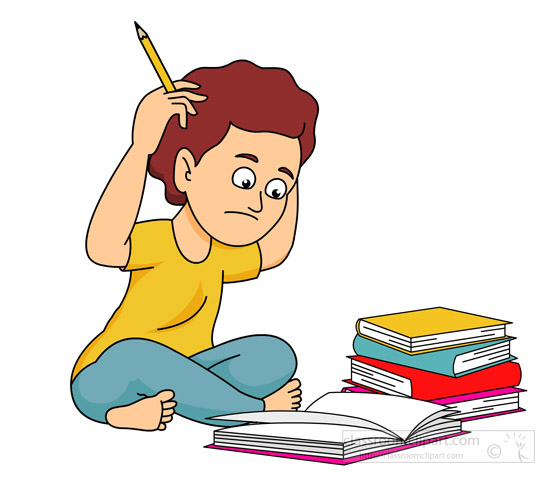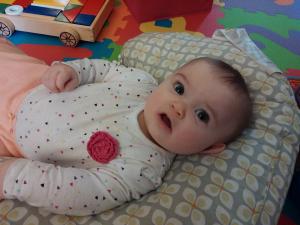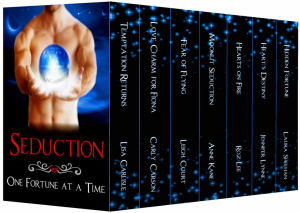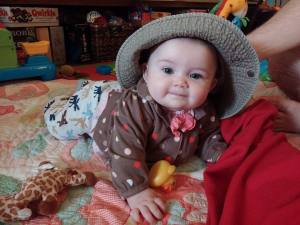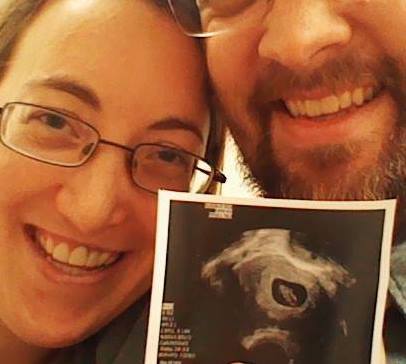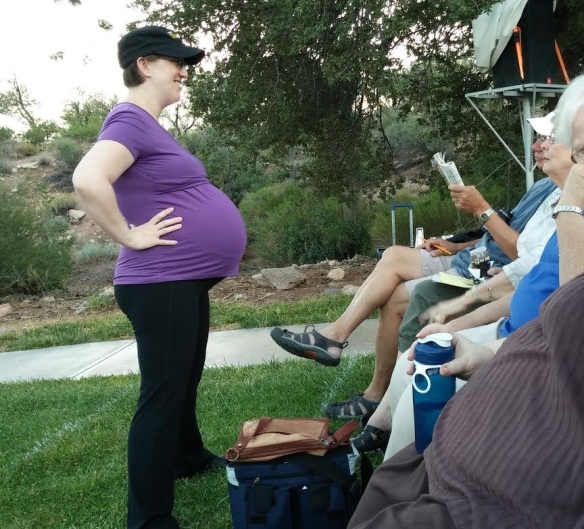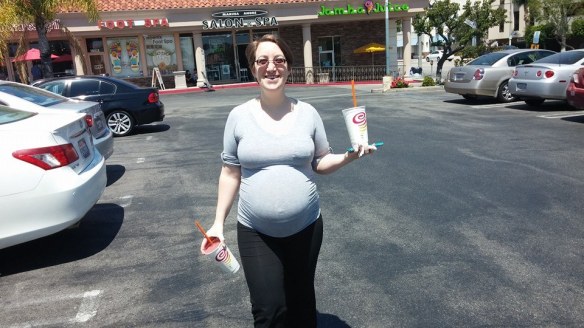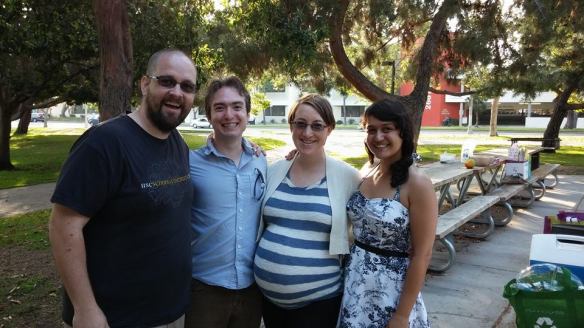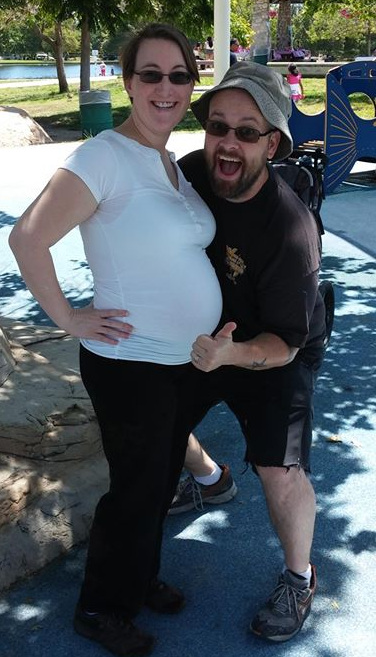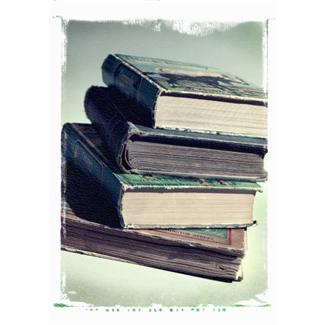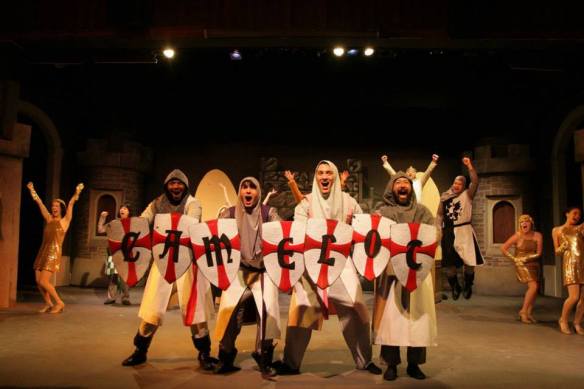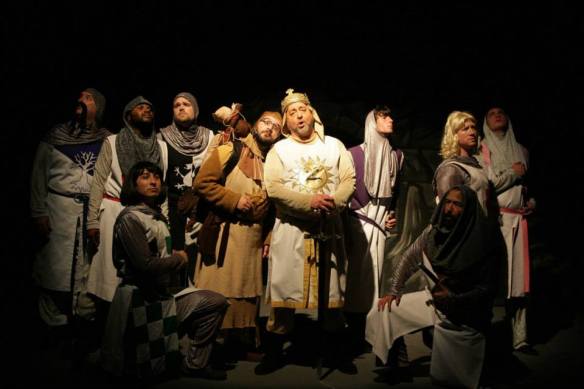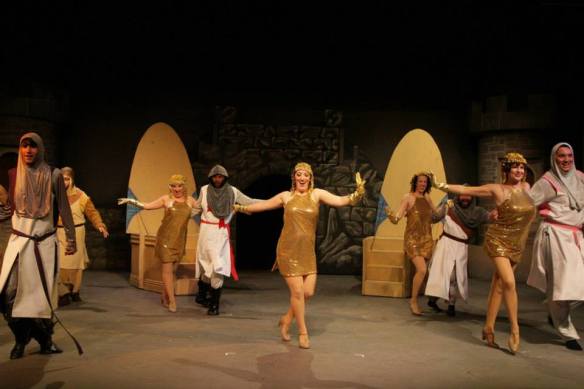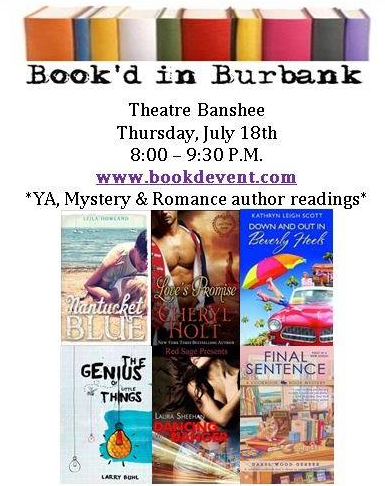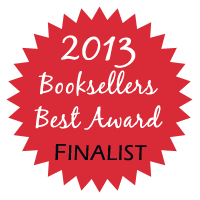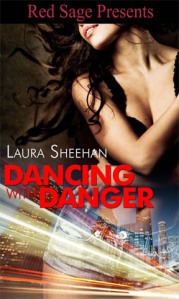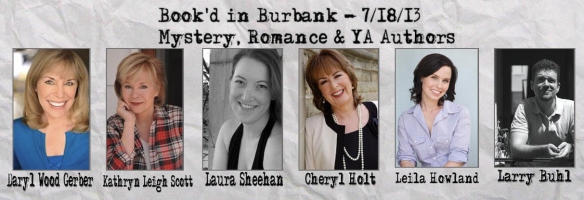 In July I was invited to participate in Book’d in Burbank, a literary event with author readings, bookish entertainment, and social mingling for fans of the written word. It was the first time I’d been asked to read aloud a section of my book (DANCING WITH DANGER), and I was terrified.
In July I was invited to participate in Book’d in Burbank, a literary event with author readings, bookish entertainment, and social mingling for fans of the written word. It was the first time I’d been asked to read aloud a section of my book (DANCING WITH DANGER), and I was terrified.
Which is sort of funny, because I’ve been performing on stage since I was a kid. I’ve danced for crowds of rowdy sports fans, I’ve sung in theatres that seat hundreds of people, and I’ve undressed down to my bra and panties on screen for a film role. I’ve also given speeches, some rehearsed, some not, to groups of five to 50. Twice a week I stand in front of half a dozen men and women to teach beginning jazz dance.
Sure, I’ve gotten nervous beforehand. Butterflies in the belly are just part of the game, and I’m no stranger to the shaky-hands, dry mouth, flushed cheeks we all get as a result of the adrenaline rush from being in front of a crowd.
But this was different.
They wanted me to read a selection from my book. My baby. The manuscript I’d struggled to write for over a year, and then spent another year revising before finally getting published. My precious novel that I secretly stalk on Amazon, and Goodreads, and BarneandNoble.com to see if anyone new has posted a review for it.
Oh, dear lord, what had I gotten myself into?
Questions and doubt and nerves sprung to life in a frenzy, like cats at the sound of a can opening. What section should I read? How many pages? How much background should I provide before starting? Am I supposed to use voices? What if people can’t understand me? Do I have to start at the beginning of the book? What if I give too much away and no one wants to read the book after? Where’s my chocolate???
I forced myself to take a deep breath. As the first order of business, I found my chocolate.
 As the second order of business, I sat down and thought about it from the perspective of the reader: what would I want to hear from an author?
As the second order of business, I sat down and thought about it from the perspective of the reader: what would I want to hear from an author?
I decided I’d want to hear something that would give me a sense of the characters in the book and a taste of the author’s voice/writing style. The plot wouldn’t matter as much, since authors could give a quick introduction at the start that would serve as a back-of-book blurb. I’d want it to be long enough to get a good taste, but not so long as to drag. I made a note to choose a section that would allow listeners to get a feel for who the hero or the heroine (or both) really were, and that would leave the audience wanting more.
I then turned to my RWA sisters and sought their advice. Had any of them done this before? Any words of wisdom to share?
Luckily Dee J. Adams, sister LARA member and multi-published author, answered my call. “There’s no law that says you have to start at the beginning,” she assured me. In fact, the sample on Audible of her most recent audio book was taken from a later chapter, rather than the opening one.
As an actress and dialogue coach for television, Adams also had some great advice regarding mechanics, and she reminded me to read slowly and enunciate. “Let people take in the words and visualize the picture you are creating,” she advised.
One area I was particularly concerned about was being able to give the characters enough of their own voice to distinguish them. As any good writer, I didn’t have a tag after each line of dialogue identifying who the speaker was. Perfectly fine for reading, but when spoken out loud, I’d have to make sure it was obvious which character was speaking. “You can give each [character] their own voice by changing the pace or tonal qualities without having to worry about creating a distinct voice for each character,” Adams assured me. “Don’t do a voice you’re uncomfortable with. All the characters are your voice with subtle differences to denote the change of character.”
This was good advice, but took a lot of practice. At one point I had narrowed down my book selection to two scenes, the first had two male characters and one female character, and the other had two females and a male. I ended up going with the latter, and this was partially due to the fact that I was having a difficult time creating enough of a difference between the two men’s voices without overdoing it. The scene with the two females was also challenging because one of them was a primarily Spanish-speaking character, but once I managed to speak her dialogue with just the tiniest hint of a Spanish accent, it worked well.
Adams’ advice to stick with what was comfortable was probably the best advice I received. My novel is steamy, and there are some dance sequences and love scenes that will set your panties on fire. I’m very proud of these chapters and their panty-scorching abilities. But after a bit of practice I determined that there was no way in hell I was going to read any of them aloud. The words in these sections were seductive, but my ultimate goal wasn’t to seduce the audience, I just wanted to engage them.
In the end, I decided on a section from the end of the first chapter. It was early enough to not ruin any of the plot and allowed the listening audience to get to know the characters in the same way that the reading audience did. I cut out a few sentences here and there, mostly sections that provided background that are relevant when reading the entire book, but weren’t necessary for the section I was reading at the moment. Since it was from the end of a chapter, it had a finish that deliberately enticed the audience to read/hear more, and yet was still satisfying.
I practiced and practiced and practiced and practiced. I created a cheat sheet with the text printed in large font, line breaks for when I wanted to pause for effect, and italicized words to remind me of the correct emphases. Each character’s dialogue was color-coded so I could know at a glance who was speaking and make sure I was using the right “voice.” I performed it in front of a mirror, read it for my hubby, and recorded myself.
And all my work paid off! Aside from a brief moment of panic when I attempted to make eye contact with the audience and subsequently lost my place, the big event went well. People laughed at the jokes, sighed at the sweet moments, and cheered at the end. At the after-party I received several compliments and was asked how many times I’d done it, and I spent the next half hour basking in the glory of their surprise when I confessed I had been an Author Reading Virgin until that night.

(photo by Judy Diep)
So now that I’m a successful, experienced, old-hat Author Reading Expert, allow me to pass on the wisdom I’ve learned over the years, er, weeks:
- Don’t worry if you stumble over a few words. No one is expecting perfection. Be like Dory and just keep swimming.
- Find a section you are comfortable with, in terms of content as well as the delivery required.
- Don’t read a section that requires too much backstory. Your intro should identify the characters, their names, and the general idea of the scene. (E.g., “Lily is a dancer who is working at a coffee shop to make ends meet. Her best friend, Judy, works at the coffee shop along with her. They are in the middle of their shift when Marc, an L.A.P.D. officer, comes in for a drink.”)
- Practice. Practice. Practice some more.
- Record yourself. Yes, I know, I hate the sound of my own voice too. But I guarantee you that no one else thinks you sound weird. The point of the recording is to check for enunciation and slurred words. Be sure you are speaking loudly enough and clearly enough to be understood.
- If the host of the event doesn’t do so for you, don’t be shy about introducing yourself and your book to the audience in the best light possible. If you’re a NYT bestseller, by Jove, let them know!
- On the same note, don’t oversell yourself or your book. The audience is there because they like books and are curious to learn about yours. You don’t need to need to convince them that you are God’s gift to the writing world. As Han Solo would say, “Don’t get cocky.”
- Sloooow dooown. Adrenaline makes us want to charge full speed ahead, and that five-minute section you practiced will all of a sudden be finished in three. Recognize this, and mark sections in your notes where you force yourself to pause.
- Have fun! The audience knows you’re a writer, not a speech-giver, they will be forgiving. If you enjoy yourself, so will they.
Laura Sheehan is a romantic suspense, fantasy, and paranormal romance author. Her award-winning debut novel, DANCING WITH DANGER, is available online at Amazon, B&N.com, and Red Sage. She can be found online at: ReadLaura.com; Facebook; Twitter (@TimesNewLaura); and Google+.
0.000000
0.000000
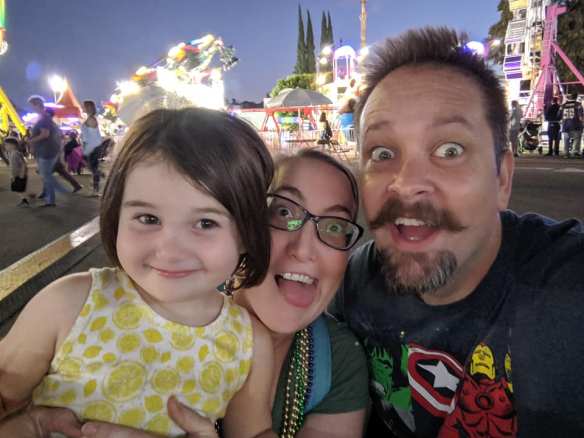 Being a parent is HARD. You know this, I know this, everyone knows this. We’ve all heard about the sleepless nights for parents of newborns, the difficulties of finding one’s parenting style (trying to protect your child without becoming a helicopter-parent), the tantrums, the sick days, the anxiety of raising an entire person.
Being a parent is HARD. You know this, I know this, everyone knows this. We’ve all heard about the sleepless nights for parents of newborns, the difficulties of finding one’s parenting style (trying to protect your child without becoming a helicopter-parent), the tantrums, the sick days, the anxiety of raising an entire person.
